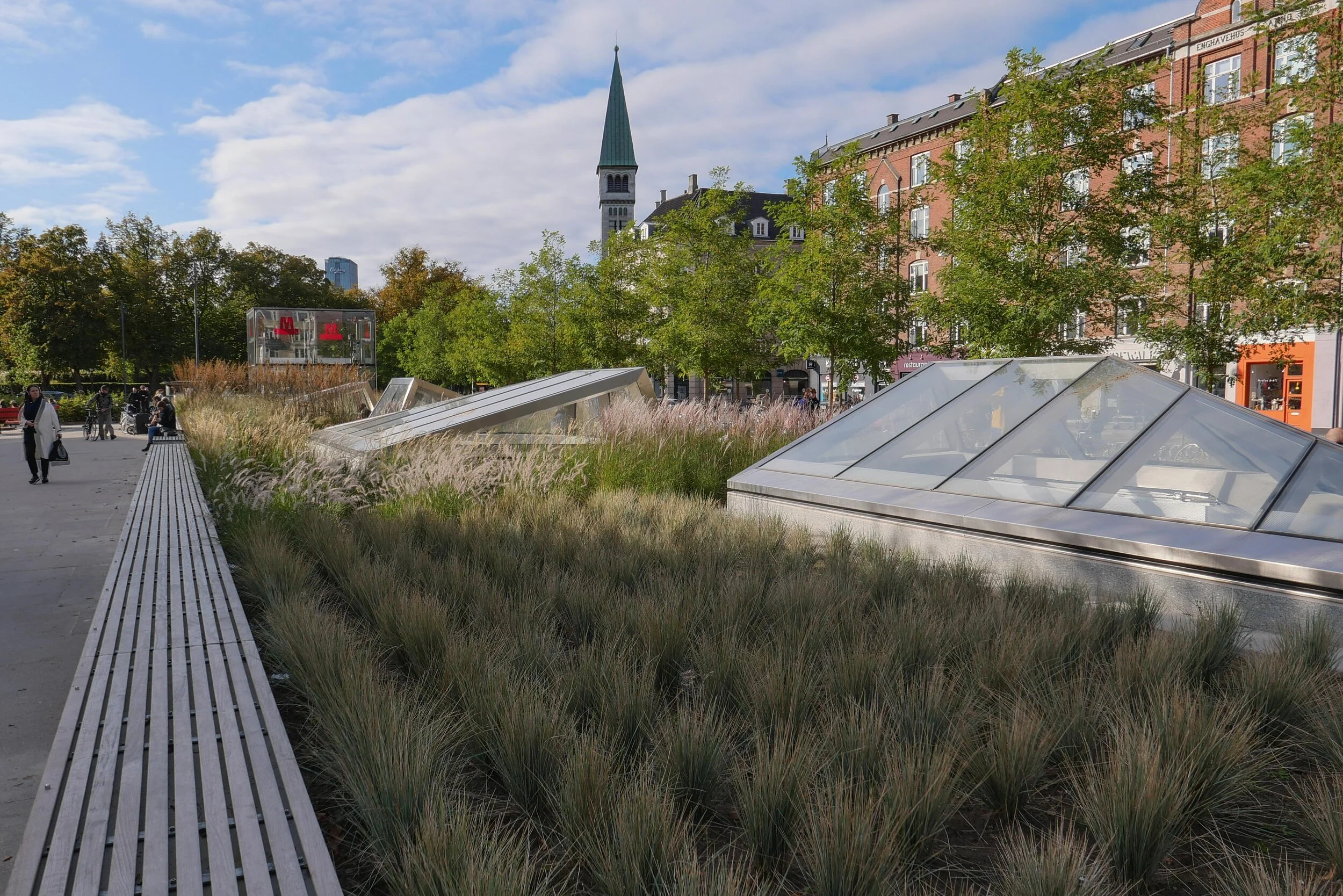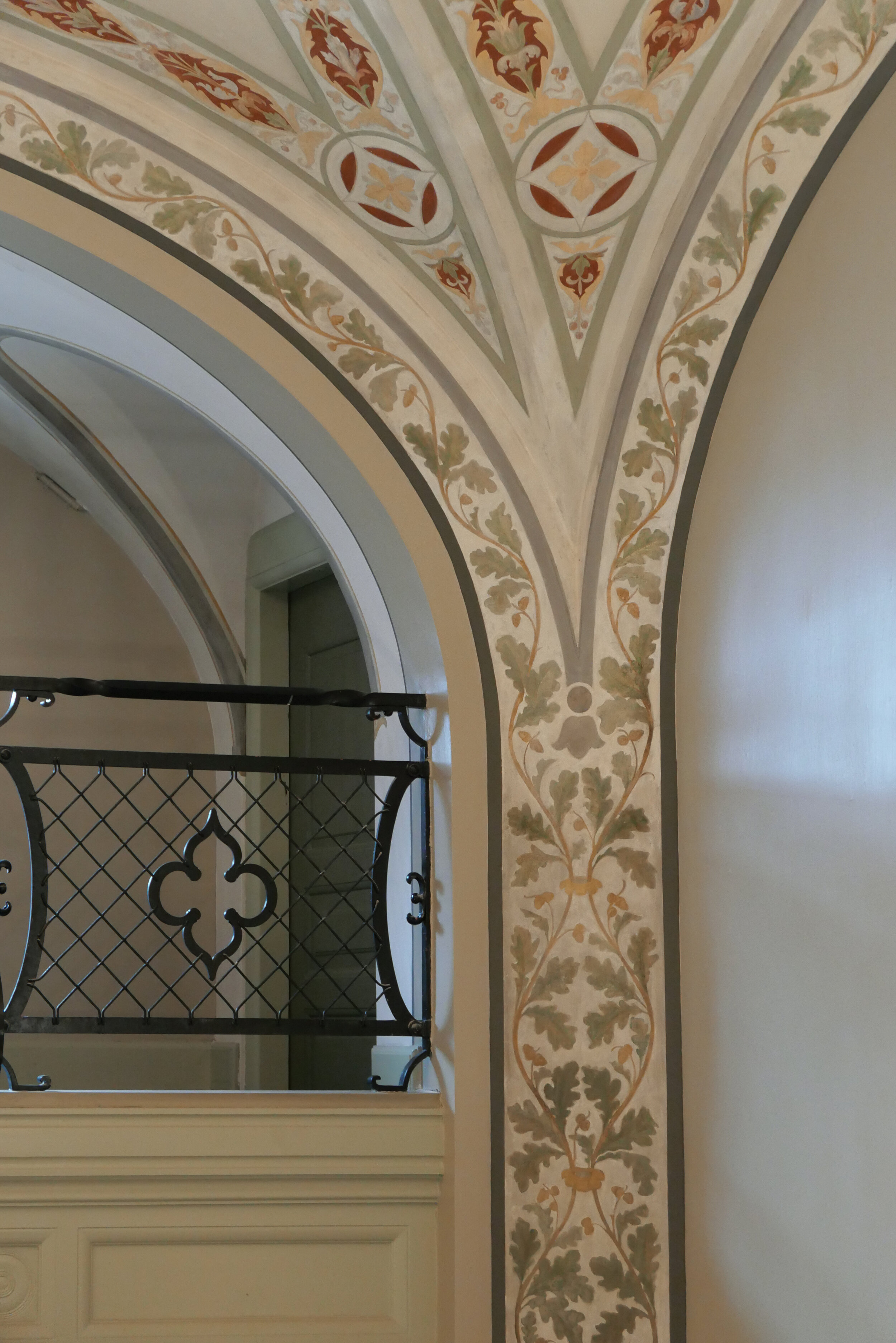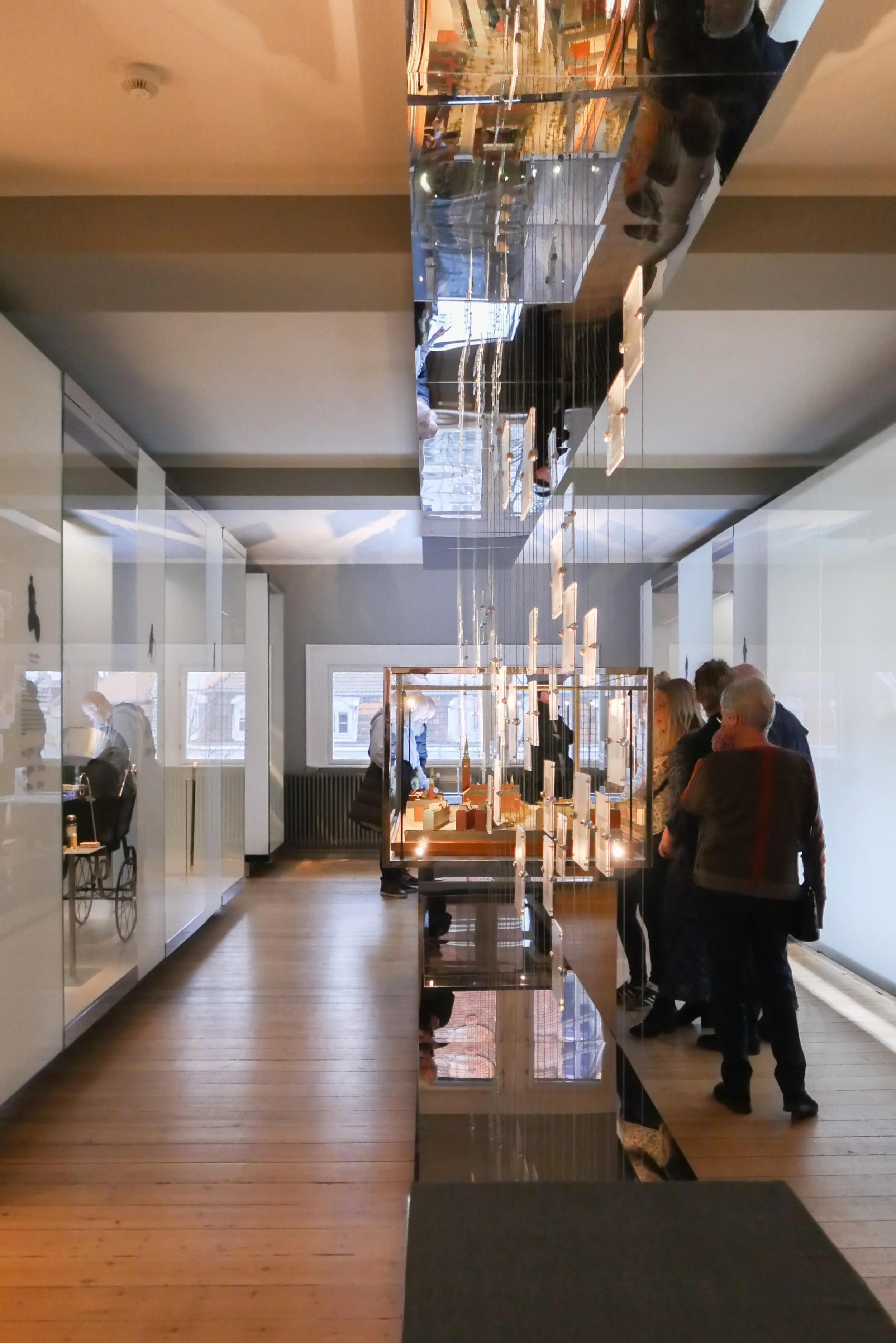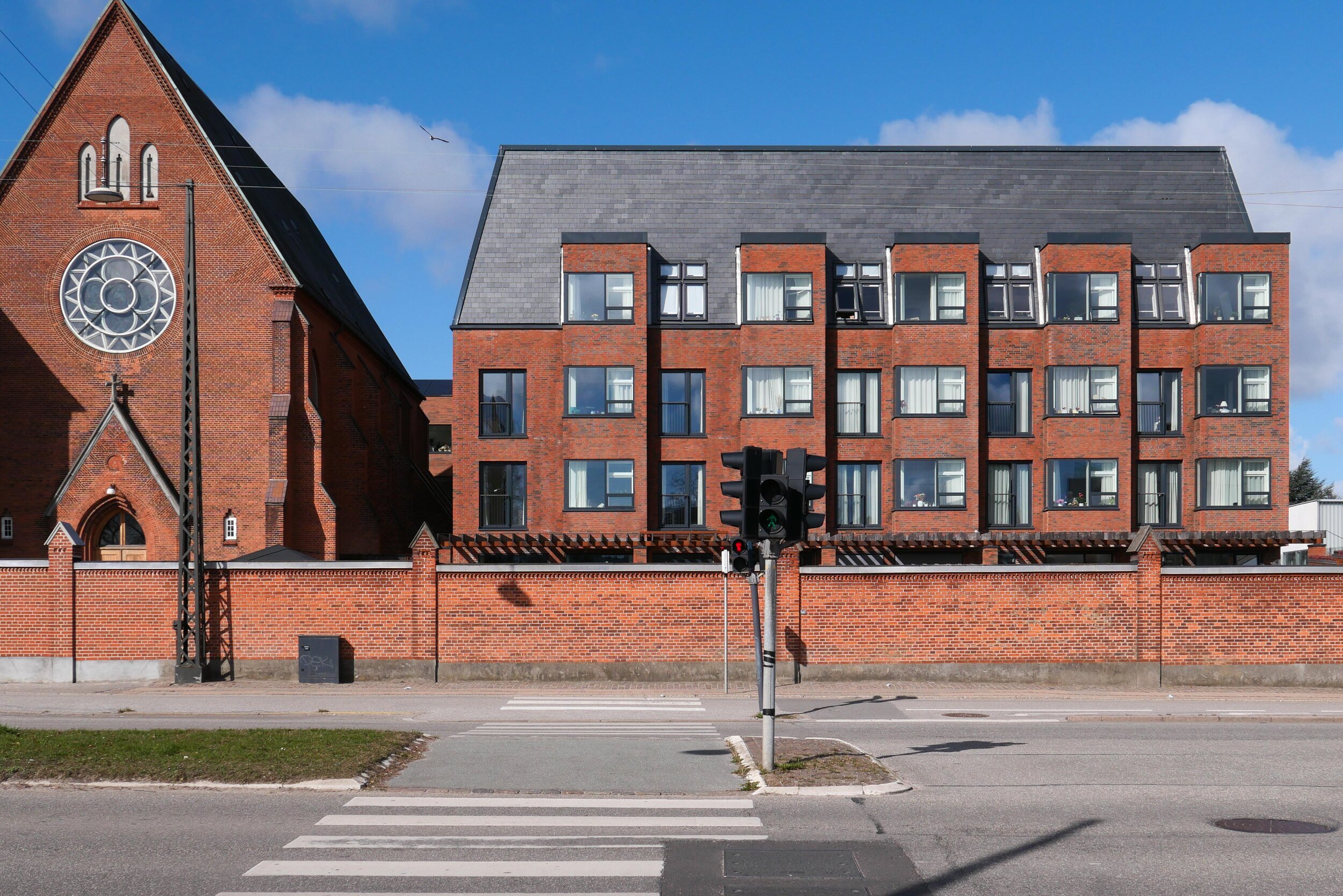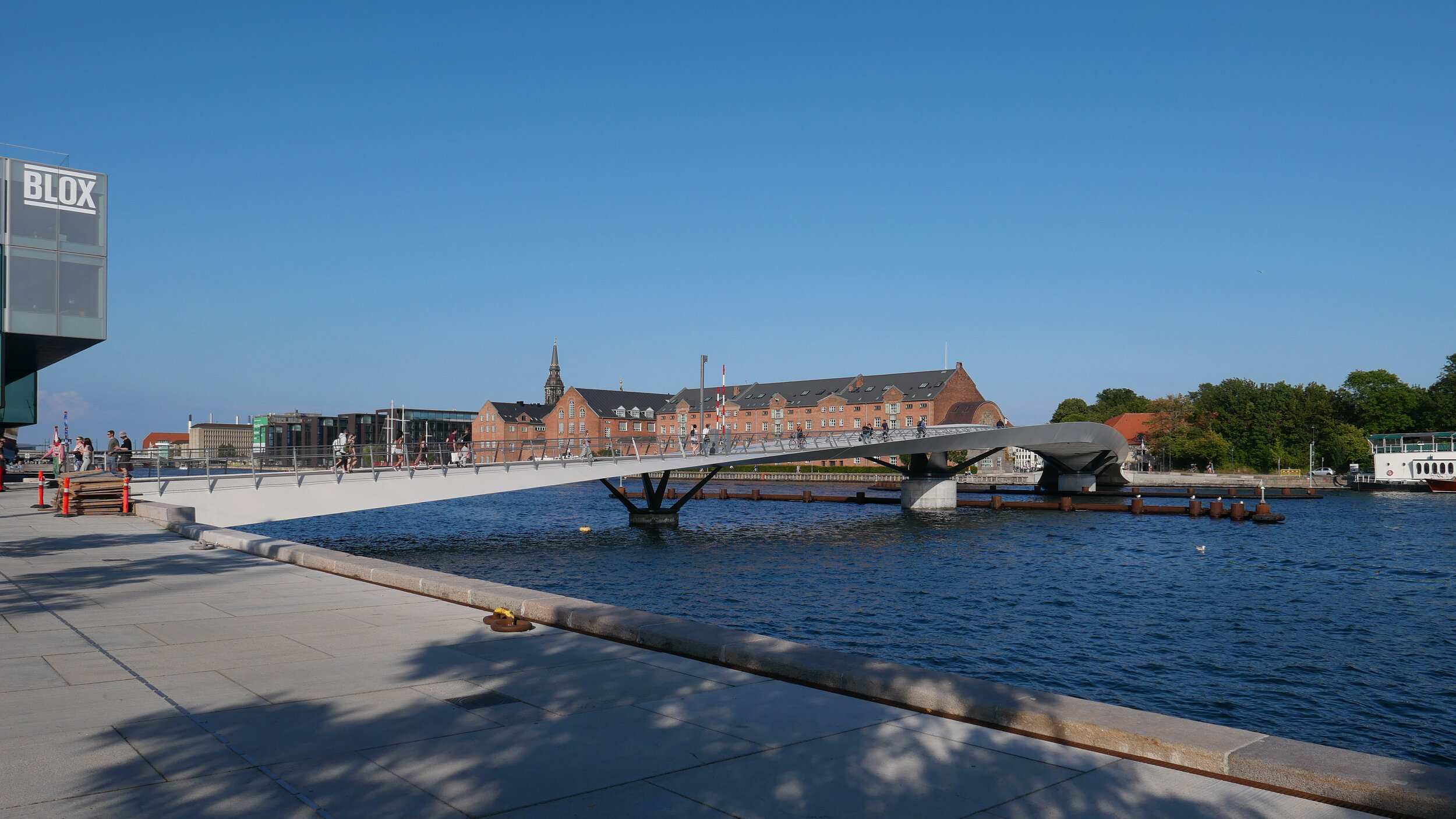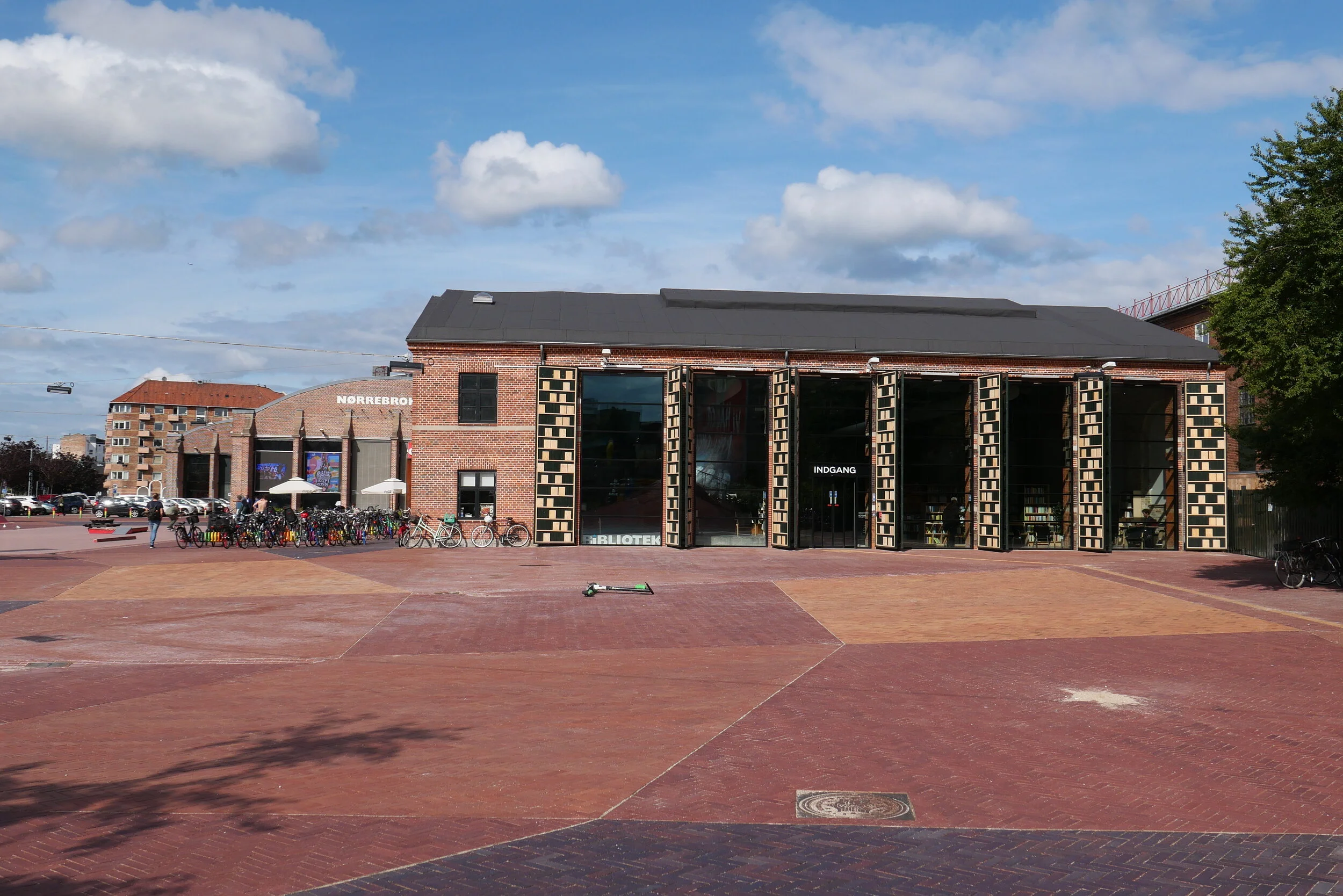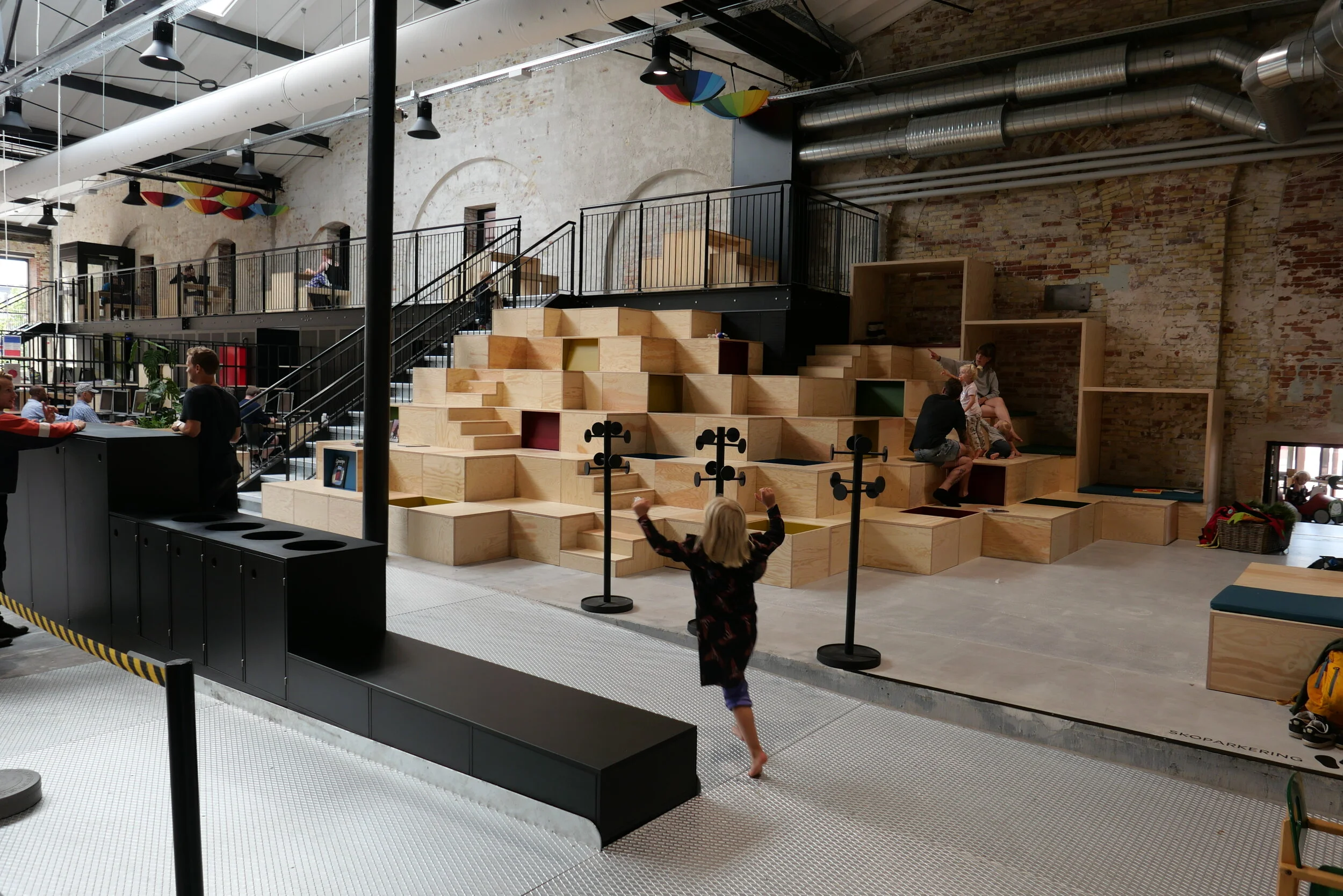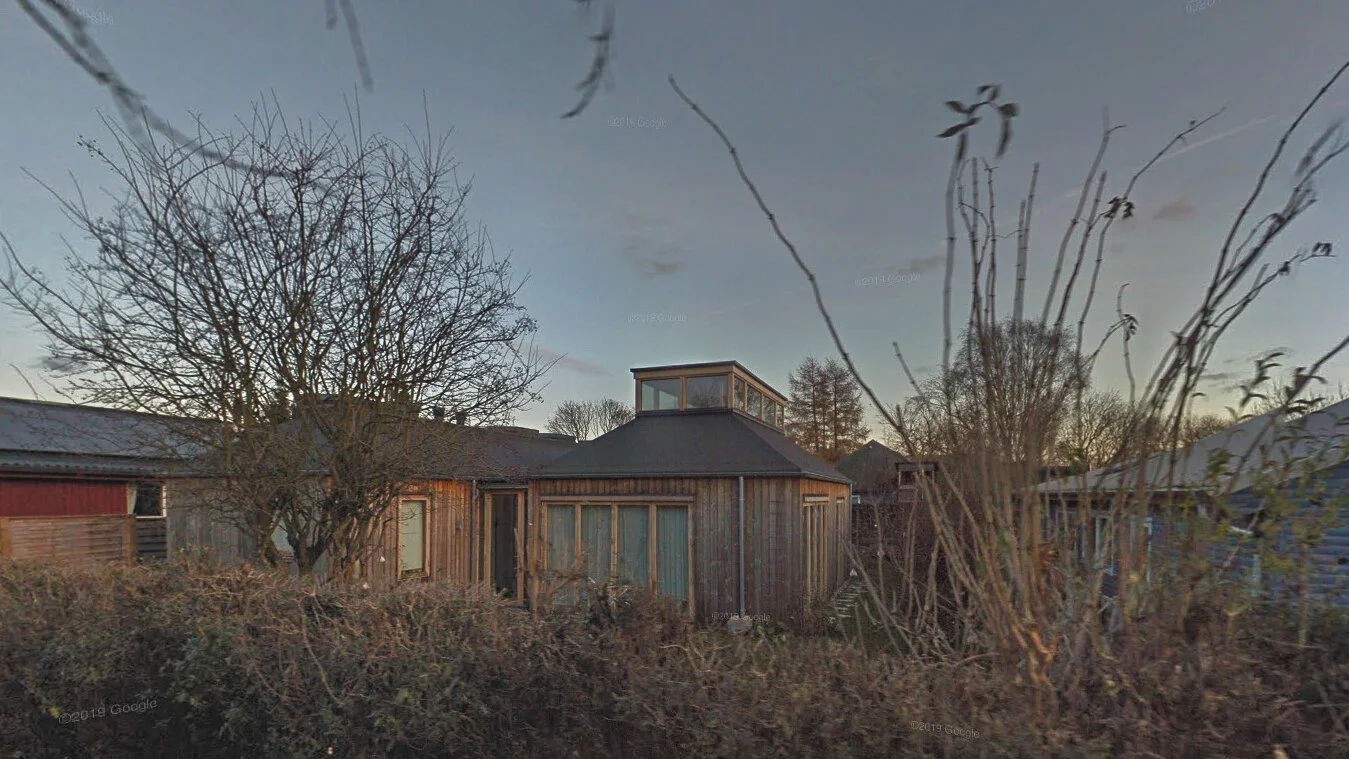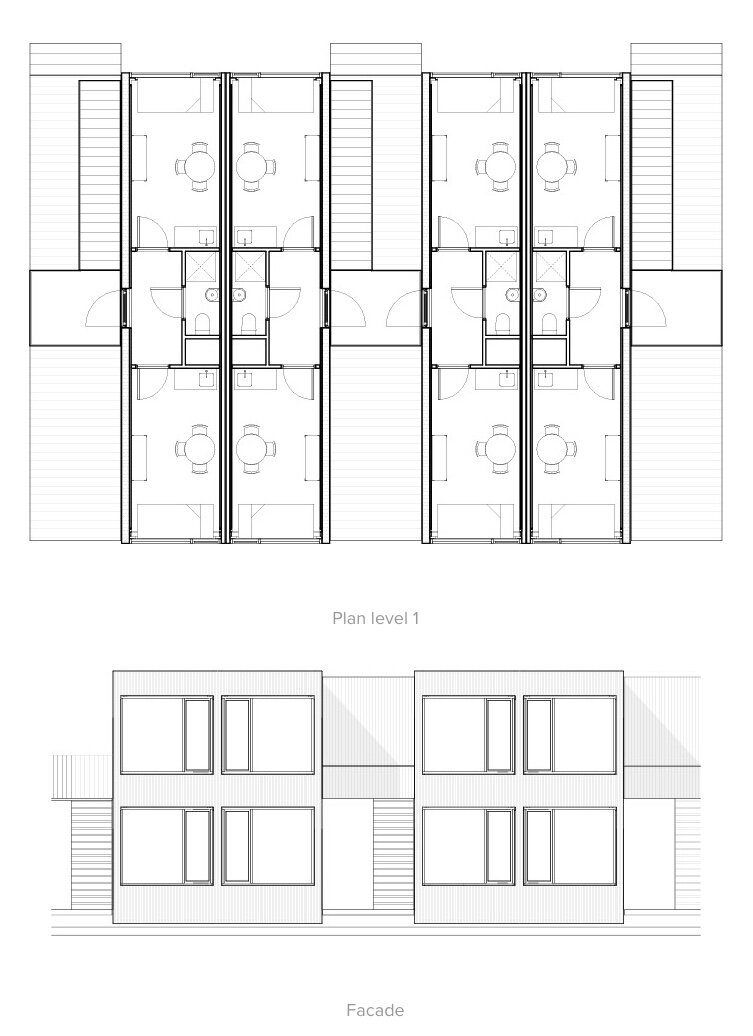Bygningspræmiering / Copenhagen Building Awards 2021
/Bygningspræmiering -The Copenhagen Building Award - was established in 1903 and, each year, is granted to buildings that have made an outstanding contributed to the 'physical framework' of the city and reflect the importance of good architecture in the life of the city.
It is important that these buildings reflect the special character of of the city and contribute to the quality of its built environment.
For the building awards there are four categories:
A: nybyggeri / new building
B: omdannelse / restoration
C: renovation of apartments in a building that had another purpose
D: bymiljø / urban environment
For 2021, the Committee assessing the award:
Culture and Leisure Committee
Nicolai Bo Andersen and Rosa Siri Lund, experts appointed by the Academic Architects' Association
Lisa Sørensen, expert appointed by IDA / Ingeniørforeningen Danmark
Camilla van Deurs, City Architect, Technical and Environmental Administration
Mette Haugaard Jeppesen, architect, Technical and Environmental Administration
Here are the buildings and engineering projects that have been short listed for the award in 2021 and they show just how diverse the built environment of the city is and all would be more than worthy winners.
Until 20 April, the public can vote for a public winner through the web site of the City Kommune and the overall winners of Building Awards will be announced on 27 April 2021
The Award-Winning City, Hans Helge Madsen and Otto Käszner
The Danish Architectural Press 2003
Amager Bakke, Vindmøllevej 6, 2300 København S
architect: BIG - Bjarke Ingels Group
engineers: MOE
category: nybyggeri / new building
Charlottetårnet / The Charlotte Tower, Hjørringgade 35, 2100 København Ø
architect: Lundgaard & Tranberg Arkitekter A/S
engineers: COWI A/S
category: nybyggeri / new building
Cityringen / Metro Inner Ring
architects: Arup
engineers: COWI Systra
category: nybyggeri / new building and bymiljø / urban environment
Enghaveparken - Klimapark / Climate Park, Enghaveparken, 1761 København V
architects: TREDJE NATUR and Platant
engineer: COWI
category: bymiljø / urban environment
Frihedsmuseet / The Freedom Museum, Churchillparken 6, 2100 København Ø
architects: Lundgaard & Tranberg Arkitekter
engineers: EKJ Rådgivende Ingeniører A/S, DEM Dansk and Energi Management A/S
category: nybyggeri / new building
Københavns Museum / Copenhagen Museum, Stormgade 18, 1555 København V
architects: Rørbæk og Møller Arkitekter A/S, LETH & GORI. Udstillingsarkitekt / exhibition architects: JAC studios
engineer: Hundsbæk & Henriksen A/S
category: omdannelse / restoration
Klostergårdens plejehjem og Seniorbofællesskabet Sankt Joseph /
The Cloister nursing home and the Seniour Community of Sankt Joseph,
Strandvejen 91, 2100 København Ø
architects: RUBOW arkitekter A/S
engineer: Sweco Danmark A/S
category: omdannelse / restoration
Lille Langebro / Little Langebro, Vestervoldgade Langebrogade, København K
architects: Wilkinson Eyre Architects
engineer: Buro Happold Engineering
category: nybyggeri / new building
Nørrebro Bibliotek / Nørrebro Library, Nørrebrogade 208, 2200 København N
architects: Keingart Space_Activators
engineer: Alfa Ingeniører A/S (For Ason Entreprenører)
category: omdannelse / restoration
image created using Google Earth
Træhus i Sydhavnen / Wooden House in Sydhavnen, HF Havebyen Mozart 74, 2450 København SV
architects: Peter Kjær
engineer: Ole Vanggaard, Tommi Haferbier
category: nybyggeri / new building




